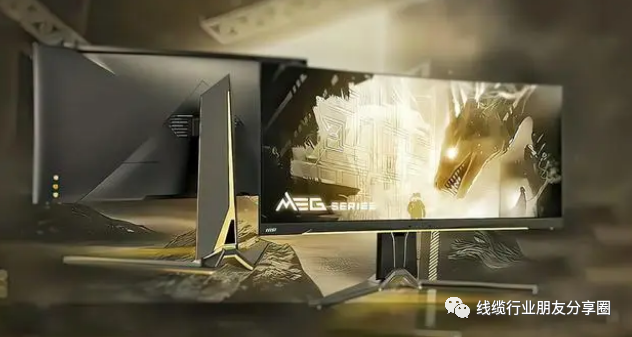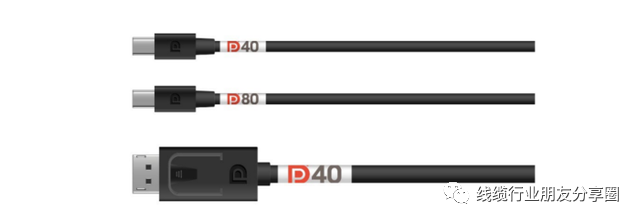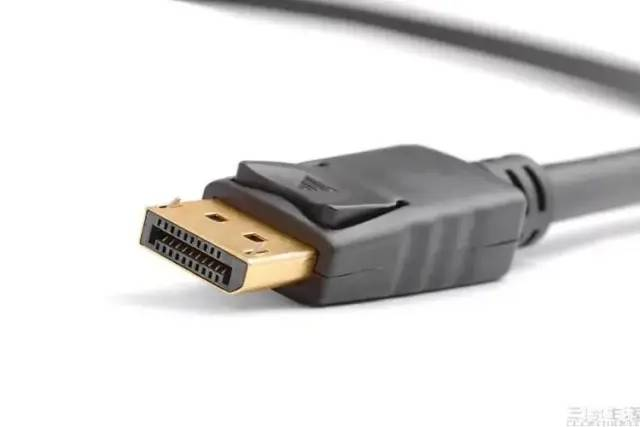According to WccfTech, the RNDA 3 graphics card will be available on December 13, following AMD’s official unveiling of the Ryzen 7000-series processor. The most interesting thing about the new AMD Radeon graphics card is that, in addition to the new RNDA 3 architecture, the high energy efficiency that was emphasized repeatedly at the launch event, and the announcement of support for the new high-bandwidth interface DisplayPort 2.1, it is capable of up to 8K165Hz, 4K480Hz or similar video output specifications. Microstar’s MEG 342C QD-OLED display, which is expected to be unveiled at CES next month, is a 34-inch 3440×1440@175 Hz display with a DP 2.1 port.

We’ve mentioned DP 2.0 in the past, a successor to the DP 1.4/1.4a standard that delivers bandwidth up to 80Gbps bitrates and brings the Video Electronics Standards Association’s (VESA) favorite new certification: UHBR products, including graphics card, dock chip, display scalar chip, PHY repeater chip and DP40/DP80 data lines. Popular science | Display Port DP history version comparison; DP 2.1 is a new standard that ADAPTS USB Type-C interface, cable and USB 4 standard without changing the basic performance specifications of DP 2.0. The purpose is to ensure that products claiming to support VESA standard in the market conform to the high quality benchmark established by VESA and realize robust application.

DisplayPort 2.1 has been a long time coming and is being commercialized very quickly
On the one hand, HDMI ports are now available on TVS, graphics cards and monitors. On TV, DVD player, power player, game console and other devices, you can not see the DP interface. On the other hand, with the arrival of 8K era, HDMI organization announced as early as 2017 can be well corresponding to 8K, 120Hz display devices, and support VRR variable refresh rate technology HDMI 2.1 standard, and this standard has been widely used in all kinds of household appliances, PC equipment. By contrast, the Video Electronics Standards Association (VESA), the body behind the DP standard, has been slow to respond to the demand for “ultra HD”. In June 2019, two years after the HDMI 2.1 standard was announced, the DP 2.0 standard, which also supports 8K 60FPS and 8K 120FPS ultra-HD video transmission, arrived. To make matters worse, more than two years later, no major PC or monitor has hit the market with this connector. It’s clear that this is a very passive situation for the entire PC camp. HDMI 2.1 is now being adopted by more and more ultra-clear, high-brush devices, which means that DP’s position in the industry will shrink further. In this case, in late October 2022, the PC industry finally sounded the clarion call to fight back, not only announcing the DisplayPort 2.1 specification. More importantly, VESA also announced that a large number of important products, including but not limited to the latest Gpus, docking chips, monitor scaler chips, PHY repeater chips, and DP40/DP80 cables and interfaces in various shapes, have been simultaneously approved by DP 2.1 technology and are ready for immediate market release.

Post time: Apr-17-2023




